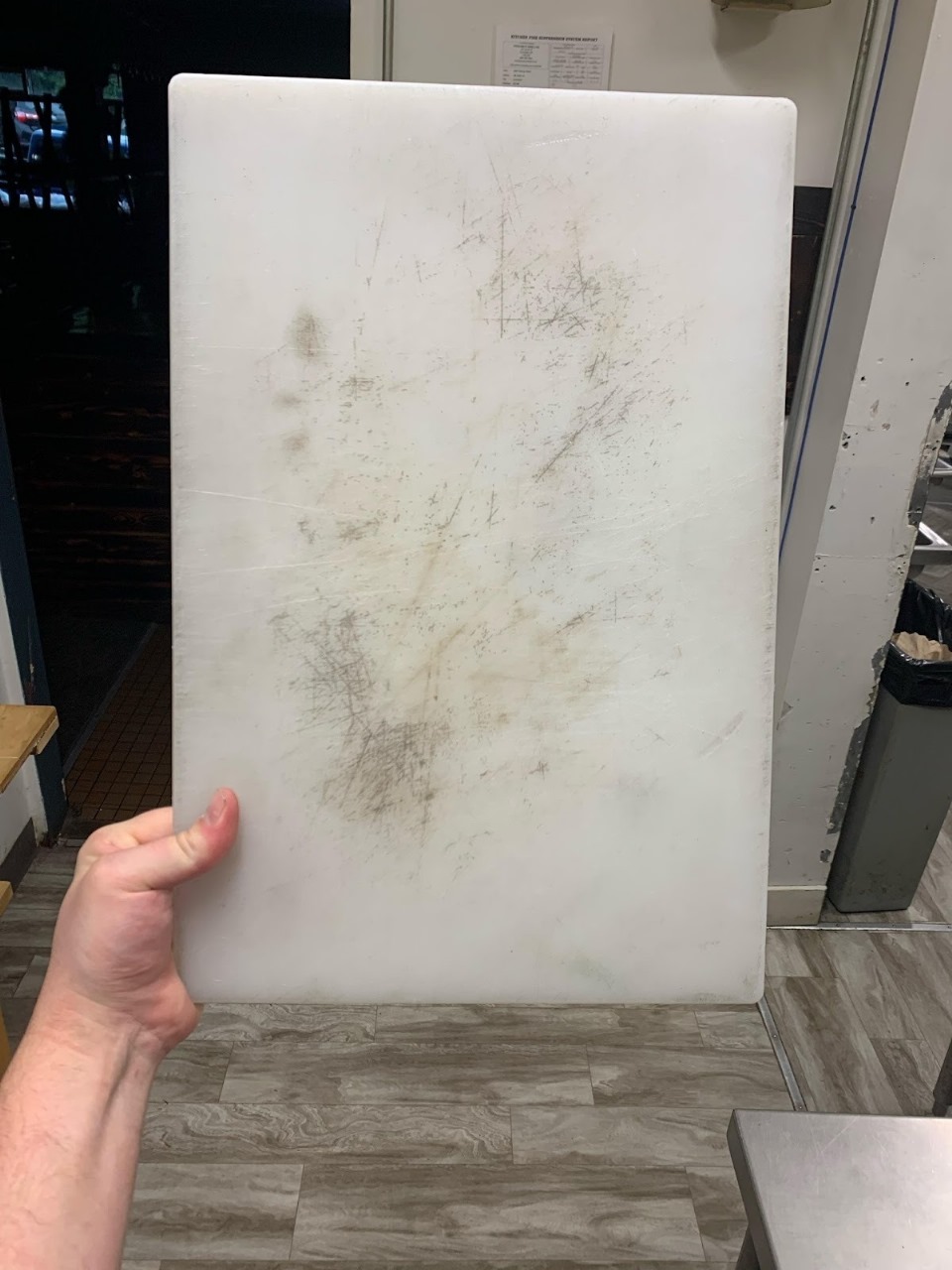ADVERTISEMENT

Ultimate Guide: How to Properly Clean and Maintain Plastic Cutting Boards
—
## **Daily Cleaning Routine**
For everyday use, follow this simple cleaning process:
### **1. Rinse Immediately**
After each use, rinse your cutting board under hot running water to remove any surface debris. This prevents food particles from drying and becoming harder to remove.
### **2. Scrub with Dish Soap**
Using a sponge or scrubbing brush, apply dish soap and hot water. Scrub both sides of the board, paying extra attention to knife grooves and edges.
### **3. Rinse & Dry**
Rinse thoroughly and let the board air-dry in a vertical position to prevent warping and bacterial growth.
—
## **Deep Cleaning and Disinfection (Weekly or As Needed)**
Regular soap and water won’t always be enough, especially if you use your board for raw meat or fish. Here’s how to sanitize it properly:
### **Method 1: Vinegar and Baking Soda**
* Sprinkle baking soda over the surface.
* Spray or pour white vinegar over the soda.
* Let it fizz for 5–10 minutes.
* Scrub with a brush and rinse with hot water.
### **Method 2: Bleach Solution**
* Mix 1 tablespoon of unscented liquid bleach with 1 gallon of water.
* Soak the board or wipe it down with a clean cloth soaked in the solution.
* Let sit for 2–3 minutes, then rinse thoroughly and air dry.
### **Method 3: Hydrogen Peroxide**
* Pour 3% hydrogen peroxide directly onto the board.
* Spread evenly and let sit for 5–10 minutes.
* Rinse and dry.
> **Tip:** Always use gloves when working with bleach or hydrogen peroxide, and ensure good ventilation.
—
## **Removing Stains and Odors**
Plastic cutting boards can become stained from foods like tomatoes, beets, or turmeric. Here’s how to tackle that:
* **Lemon & Salt:** Sprinkle coarse salt on the board, then rub with half a lemon. Let sit for a few minutes, rinse, and dry.
* **Baking Soda Paste:** Mix baking soda with water to make a paste, spread on stains, and let it sit for 10–15 minutes before scrubbing.
* **Sunlight:** Place the clean board in direct sunlight for a few hours—UV rays can naturally bleach out stains and kill bacteria.
—
## **When to Replace Your Plastic Cutting Board**
No matter how well you care for it, a plastic cutting board won’t last forever. Here’s when it’s time to say goodbye:
* Deep grooves that are hard to clean
* Persistent stains or odors
* Warping or melting (from dishwashers or heat)
* Cracks or breaks
If you notice any of these, it’s best to replace the board to avoid contamination risks.
—
## **Extra Tips for Longevity**
* **Use separate boards** for raw meat, vegetables, and ready-to-eat foods to prevent cross-contamination.
* **Avoid abrasive pads** that could create deeper grooves in the plastic.
* **Don’t use high heat** or microwave your cutting board unless it’s labeled as safe for such use.
—
## **Final Thoughts**
Plastic cutting boards are a practical and hygienic option for any kitchen—but only if you care for them correctly. By following these cleaning and maintenance tips, you’ll not only extend the life of your board but also ensure safer food prep for you and your family.
So next time you’re done slicing and dicing, take a few extra minutes to give your cutting board the care it deserves. Your meals—and your health—will thank you.
—
Let me know if you’d like this article formatted for a specific platform (like WordPress, email, or Instagram captions), or if you want a printable version with infographics or checklists!